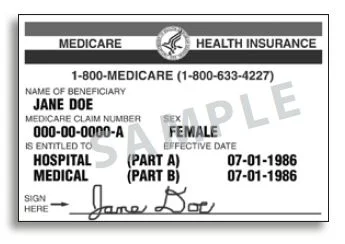Digital technology can do wonders when it comes to streamlining the work of delivering efficient quality care to patients. The use of patient portals, EHRs, mhealth apps, and wearable tech can all empower patients to be more active in their healthcare, get faster treatment, and access preventative care earlier on. But with all the capabilities of modern technology, we find that many patients are slow to adopt digital tools. If this is the case for your healthcare organization, we recommend the following tips to increase adoption.
Technology Integration Challenges in Connected Care
Technology has a lot of potential to improve efficiency and health outcomes in the complex practice of healthcare, from time-sensitive interventions in the hospital environment to long-term preventative measures among patient populations. Diagnostics, data management, patient engagement, and personalized medicine all stand to benefit from greater technology integration in a holistic, connected care model. Despite this, there are many hurdles that prevent technology from being adopted as quickly or effectively as it could be. Let’s take a look at the challenges contemporary healthcare organizations face.
The 7 Essentials Steps For a Secure Patient Portal
Healthcare services are meeting patient demand by becoming increasingly digitized. These digital healthcare services are often developed by third parties and access electronic health records (EHR), revenue cycle management (RCM) systems, and other databases that include sensitive and legally protected information. While these electronic services are beneficial to both patients and providers, they create an increasingly complex software supply chain, with more potential vulnerabilities that are being targeted by hackers[¹]. Healthcare providers can find it difficult to manage effective oversight of these supply chains - including the relationships between different software tools, who has access to what data, and where there might be potential weaknesses.
4 Rules For Sending HIPAA-compliant Text Message Appointment Reminders
SMS text messages can be one of the best ways to remind patients of an upcoming appointment. Proven benefits include a reduction in missed appointments[¹], convenience, and the potential to improve patient satisfaction. But you must comply with HIPAA laws to avoid fines and potential damage to your reputation.
The Digital Front Door: Meeting Key Patient Engagement Needs
Current trends in healthcare are prioritizing patient needs more than ever. Patients have indicated[¹] that they want healthcare companies to give them consumer-centric tools that offer the same freedom and convenience experienced in industries such as retail and modern banking. For example, 60%[²] of patients would like providers to use texts between appointments, and 76%[²] of patients want healthcare companies to provide an easy way to understand and pay medical bills.
Your Health Center is Missing Out by Not Hosting Residents – Here’s Why
Curiously, one type of collaboration that Health Centers often overlook is a partnership with a residency program. This is unfortunate, as partnering with a teaching hospital by hosting residents can provide many advantages for a Health Center.
Following are the benefits you’re missing out on by not hosting residents at your Health Center…
Why FQHCs need to pay attention to the "Patients Over Paperwork" Initiative
Is your Board on-board for your next operational site visit?
If you’ve been following our blog, then you are aware (hopefully!) that 2018 has brought with it changes to the operational site visit (OSV) model.
Today we will focus on those changes specifically related to your Board of Directors, and how you can ensure that your Board is prepared to ace your next OSV.
New Medicare Card Project Special Open Door Forum—March 20
Changes to Operational Site Visit Protocol & Better Dialogue About Diabetic Patients
In case you haven’t heard, at the end of last month HRSA implemented a new Site Visit Protocol (SVP) that has replaced the existing Site Visit Guide. This tool is to be used in combination with the current Compliance Manual and will be used to assess compliance during operational site visits (OSVs).

![[FREE Masterclass] Navigating Funding and Policy Uncertainties: The Revenue Security Roadmap for FQHCs](https://images.squarespace-cdn.com/content/v1/53023f77e4b0f0275ec6224a/1740599873930-XB7SJR8AYGJMKKYCIS7Z/Untitled+design+%2822%29.png)














